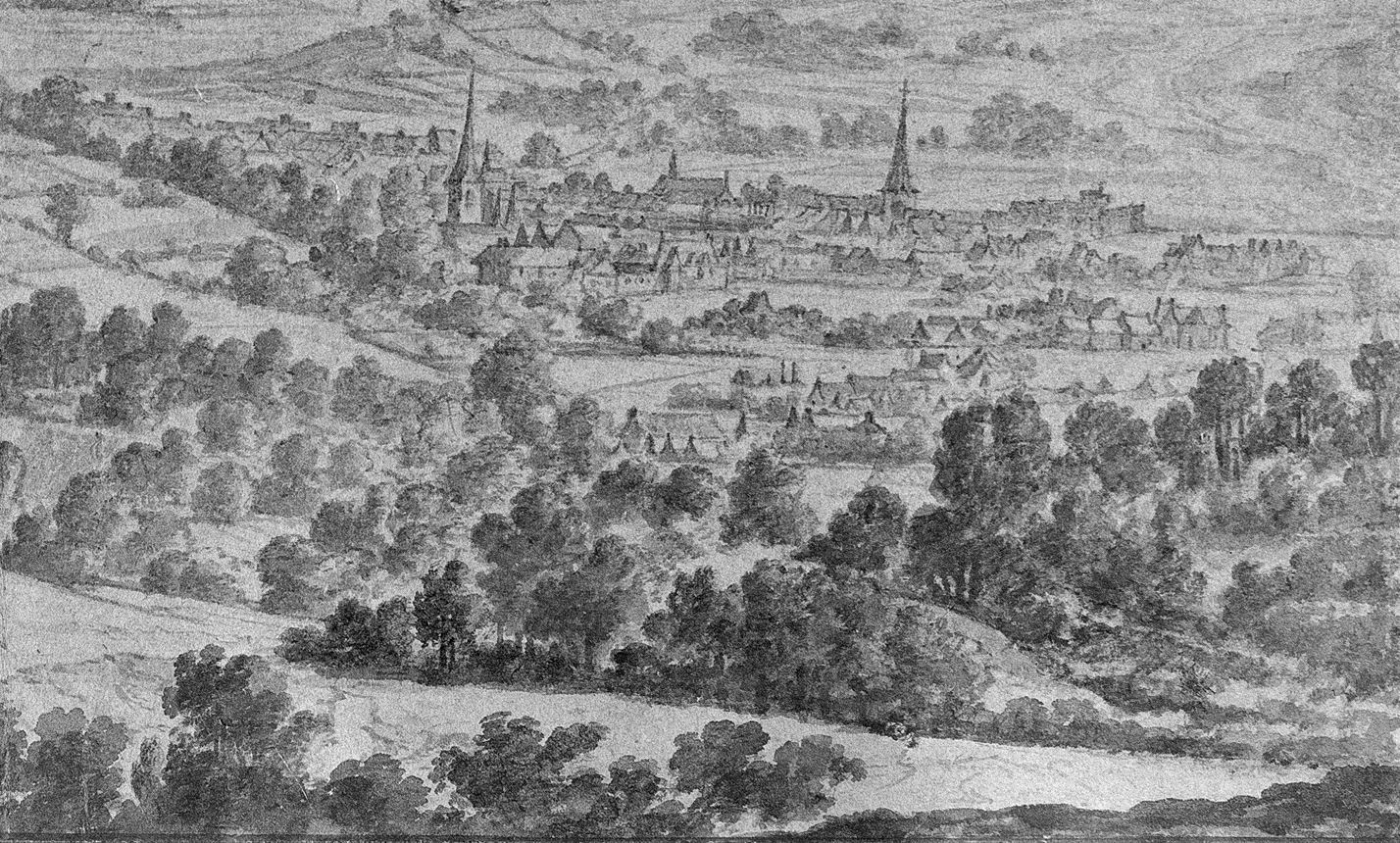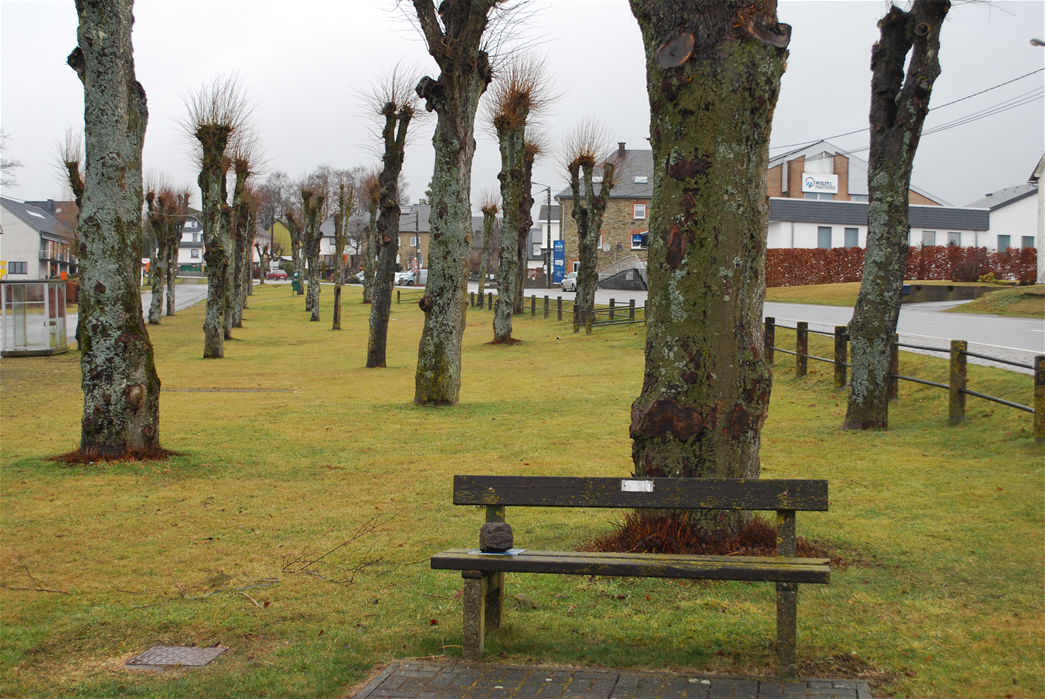Just how rapid this development has been is illustrated by the figures of two global companies. JCB, Europe’s largest manufacturer of construction equipment, which now employs 10,000 people worldwide, produced its first telescopic handler in 1977. In the first year, a handful of employees produced a mere 300 machines. Over the first 30 years, the company sold 100,000 telehandlers. The next 100,000 were sold in less than ten years. Today, JCB manufactures 90 different models of telescopic handlers.
The development of the French company Manitou was similarly rapid. In 1958, Marcel Braud developed an all-terrain forklift truck from an ordinary tractor. In 1981, Manitou built their first four-wheel drive telescopic handler, followed by the first agricultural telescopic handler in 1989 and the first MRT rotating telescopic handlers in 1993. In 2006, the Group’s annual turnover for all its construction machines reached one billion euros.
These machines have also become indispensable in the Belgian Eifel. Especially when it comes to pruning trees, the work can sometimes be too much. A very well-known example is the market square in Amel. Often it is not so much the trees and their branches that are a nuisance, but the foliage. A 30-metre-high beech tree with a trunk diameter of 60 centimetres loses around 28 kilograms of leaves (dry matter) in the autumn. While this is a negligible amount in the countryside, it is a different story in the towns: Berlin’s 400,000 hardwood trees shed 90,000 cubic metres of leaves every year – the equivalent of 2,600 railway carriages. In Hamburg, a city of two million people, the amount of leaves is 13,000 tonnes a year. The street cleaning service in Paris has to remove 30,000 cubic metres of leaves from around 100,000 trees every year.
So why do cities go to all this trouble? Besides the visual disfigurement, pruned trees do far less for people and the environment: a 100-year-old beech, for example, cleans the air of fine dust and absorbs up to 17 kilograms of CO2 every day. At the same time, it produces up to 13 kilograms of oxygen every day during its vegetative phase. This is equivalent to the daily requirements of around 13 people. Through its leaves, the tree evaporates up to 400 litres of water a day, helping to increase relative humidity. Do local authorities and private individuals take all this into account when they cut back wild trees?
Carlo Lejeune

